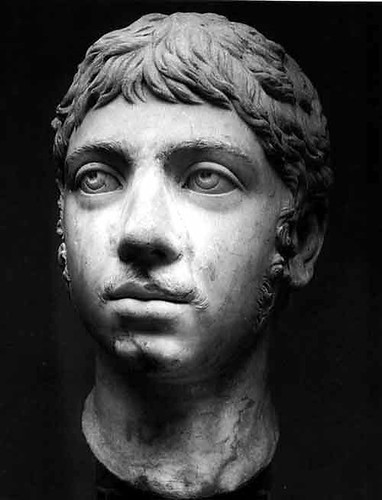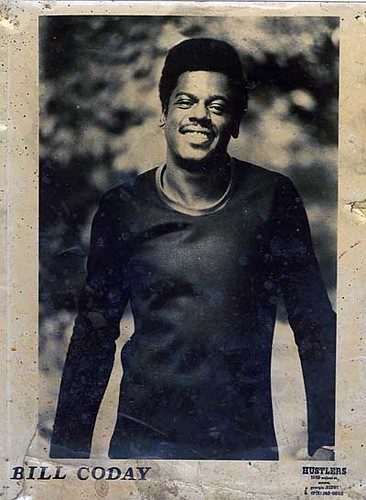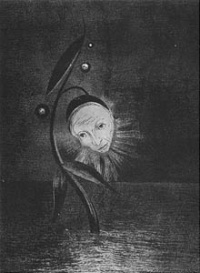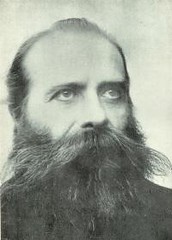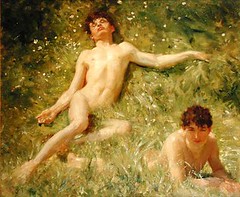Happy birthday Jello Biafra, former lead singer of the Dead Kennedys. In the late 1980s, the band was embroiled in an obscenity trial in the US over the 1985 Frankenchrist album, which included a “biomannerist” poster with art that depicted penises, “Penis Landscape“[1] by H. R. Giger, a work in the same vein as jahsonic fave Yoshifumi Hayashi.
Interviewed by Jools Holland:
[Youtube=http://www.youtube.com/watch?v=iVrTW7AUkoM]

